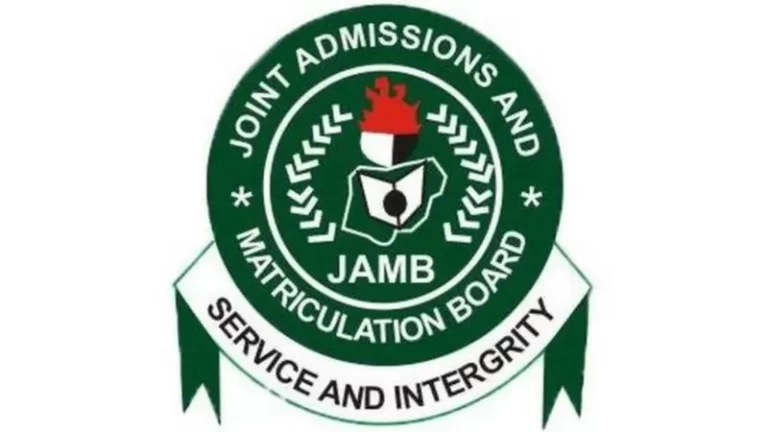Waec
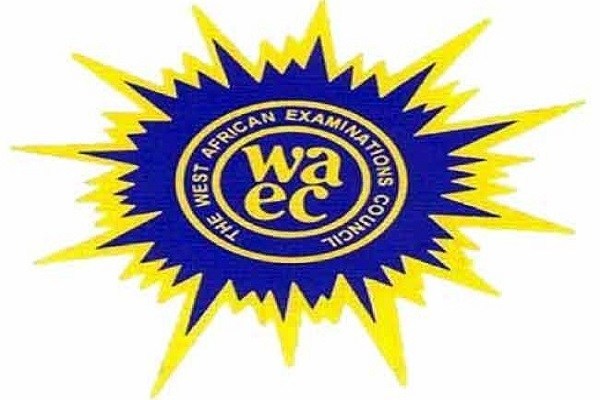
MARKETING OBJ
1-10: AACBAAADAC
11-20: DACBABDBAC
21-30: BCADCBAABB
31-40: ACDCDDDCBB
MARKETING THEORY
(3a)
(i) Access to new customers and markets
(ii). Diversifying its business to reduce risk
(iii). Taking advantage of new opportunities in South Africa
(iv). Increasing profitability through economies of scale.
(3b)
(i) exporting
(ii) franchising
(iii) joint venture
(iv) wholly owned subsidiary
(i). Exporting: This mode of entry is suitable for JK Ltd. as it requires low investment and allows the company to test the market with minimal risk. The main disadvantage is that it may be difficult to maintain quality control.
(ii) Franchising: This mode of entry allows JK Ltd. to expand quickly and takes advantage of an already established business with knowledge of the South African market. However, it may be difficult to maintain control over the franchisee.
(iii). Joint Venture: This mode of entry allows JK Ltd. to share the risks and expenses of entering the South African market with a local company. However, JK Ltd. may lose some control over the operations of the joint venture company.
(iv) Wholly owned subsidiary: This mode of entry gives JK Ltd. complete control over its operations in South Africa. However, it requires significant investment and may take longer to establish a presence in the market.
(1a)
(PICK ANY FIVE)
(i)Wholesalers act as intermediaries between manufacturers or producers and retailers
(ii)Wholesalers purchase goods in large volumes and break them down into smaller quantities suitable for retailers or other businesses.
(iii)Wholesalers are responsible for arranging the transportation of goods from manufacturers to their warehouses and subsequently to retailers or other customers
(iv)Wholesalers may engage in repackaging or relabeling of products to suit the requirements of different retailers or customers
(v)Wholesalers often inspect the quality of products they receive from manufacturers to ensure they meet the required standards
(vi)Wholesalers may provide credit or financing options to retailers, enabling them to purchase goods on flexible payment terms.
(vii)Wholesalers are closely connected to the market and have insights into consumer trends, demands, and preferences.
(viii)Wholesalers often provide support services such as handling product returns, warranties, or repairs on behalf of the manufacturer
(1b)
(PICK ANY FIVE)
(i)Nature of product: Nature of product has influence on the selection of a channel of distribution. In the case of industrial goods like machinery etc ,the manufacturer sells directly to industrial user, but in the case of tools, sales take place through middlemen.
(ii)Nature of market: Choice of suitable channel of distribution also depends on the nature of market. Location of the market and the buying habits of buyers are also analysed.
(iii)Distribution expenses: If the producer makes direct selling, he will have to spend on distribution. But, if the product gets good response from the dealers, a producer will prefer to sell through them to reduce his distribution expenses
(iv)Natural cooperation: Choice of channel of distribution on the mutual cooperation between the manufacturer and the dealers
(v) Company consideration: The character of the company also influences the selection of channel. If the management lacks marketing know how, it may prefer to depend on middleman.
(vi)Prompt payment: A producer may not like to sell to retailers or big consumers because they insist to make purchase on credit. Therefore he will prefer to sell to a wholesaler who purchases usually on ready cash
(vii)Popularity of goods: If the goods are popular among the consumer, the dealers themselves come forward to buy. Then the producer may not like to open his own shops to sell the goods
(viii)Price and Profit: Where the price of the goods is low and the profit margin is small, the producer sells through middle man. It is profitable for the producer to sell through the dealers.
(4a)
(i)Product – Quality, Design
(i)Price – Cost, Value
(iii)Place – Distribution channels, Location
(iv)Promotion – Advertising, Public relations
(4b)
(i) economic factors
(ii) technological factor
(iii) political and legal factors
(iv) sociocultural factors
(i) Economic factors – Factors such as inflation, interest rates, and income levels can directly impact consumer spending habits and the overall demand for goods and services.
(ii). Technological factors Advances in technology can create new opportunities for marketers, while also rendering existing products and marketing strategies obsolete.
(iii). Political and legal factors – Changes in laws and regulations related to marketing, such as privacy laws, advertising regulations, and product safety requirements, can greatly impact marketing strategies.
(iv) Sociocultural factors – Cultural and social factors such as demographics, social trends, and consumer behaviors can influence consumer preferences and the success of marketing campaigns.
(2a)
(i)Need Identification: Mr. Oke recognized the need to purchase a television set for his family. This step involves identifying the requirements, preferences, and specifications of the product to meet his family’s entertainment needs.
(ii) Research and Evaluation: After identifying the need, Mr. Oke conducted thorough research on different television models, brands, features, and prices. He gathered information from various sources
(iii)Decision Making: Once Mr. Oke had gathered sufficient information, he analyzed the available options and compared them against his requirements and budget.
(iv)Purchase and Post-Purchase Evaluation: After finalizing his decision, Mr. Oke proceeded with the actual purchase of the chosen television set. He identified the most reliable retailer and made payment.
(2b)
(PICK ANY FIVE)
(i)Organizational goals and objectives: The committee’s buying behavior is influenced by the goals and objectives of the organization.
(ii)Budget and financial considerations: The financial resources available to the committee can greatly influence their buying behavior.
(iii)Organizational policies and procedures: Committees often have to adhere to specific organizational policies and procedures when making purchasing decisions.
(iv)Stakeholder input and influence: Committees are composed of multiple individuals representing various departments or functions within the organization
(v)Product specifications and quality: The specifications and quality of the product or service being considered will impact the committee’s buying behavior.
(vi)Vendor reputation and relationships: The reputation and relationships with potential vendors can influence the committee’s buying behavior.
(vii)Market trends and external factors: Committees also consider market trends, industry developments, and external factors that could impact their buying decision
RECOMMENDED TOPICS
- JAMB 2025 UTME/DE registration document – step-by-step on how to apply for UTME and DE
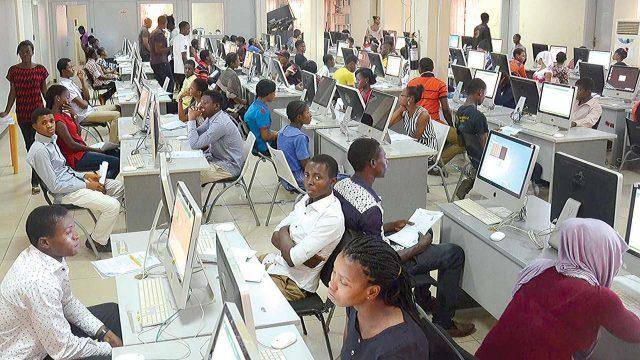
- JAMB postpones 2025 UTME Registration to February 3rd
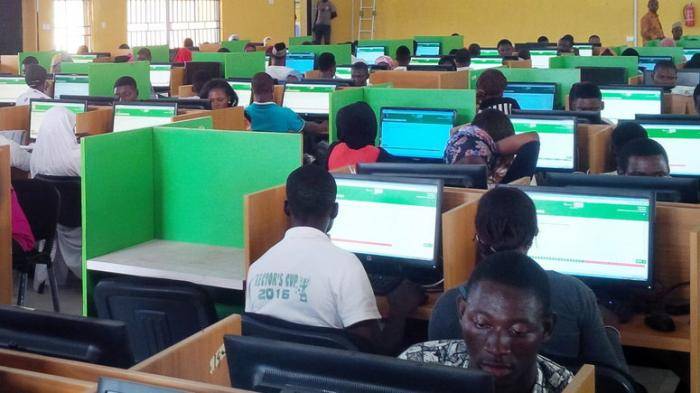
- JAMB Officially Announces 2025 UTME Registration, Exam, Mock Dates, Cost and Important Details

- The official reading novel for Jamb 2025 is Lekki Headmaster
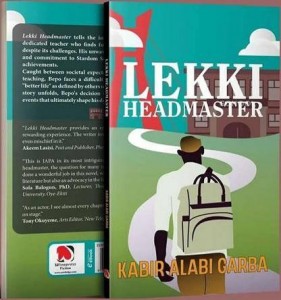
- Subjects for Computer Science in JAMB for Guaranteed Success
